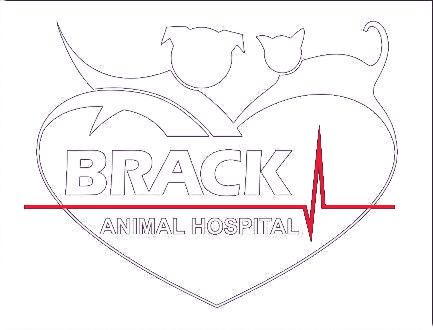Library
-
Corneal lipidosis is an accumulation of fatty substances within the cornea. This is caused by genetics (corneal dystrophy), eye inflammation (corneal degeneration), or by an increase in circulating lipids in the body (hyperlipidemia). Visually, lipidosis appears as a sparkly or shiny area of the cornea. It is diagnosed by a thorough eye exam, bloodwork, and patient history. Treatment and prognosis will depend on the cause and may include treatment of underlying inflammatory conditions of the eye, or systemic treatment of elevated lipid blood levels.
-
Ulcerative keratitis is inflammation in the cornea of the eye. The signs of ulcerative keratitis depend somewhat on the cause and how long the condition has been present. There are many potential causes of ulcerative keratitis, including trauma, infection, and abnormal tear production. Antibiotic ointment or drops will be prescribed and it is important to prevent additional trauma to the cornea. Superficial corneal ulcers typically heal within 5 to 7 days. Deeper or more complicated ulcers may take several weeks to heal and may require surgery in addition to medical treatment.
-
Ulcerative keratitis is a kind of inflammation that occurs in the cornea of the eye with a corneal ulcer. Some breeds seem to develop them more commonly, particularly breeds with short muzzles and prominent eyes like pugs and Boston terriers. There are many potential causes of ulcerative keratitis, including trauma, infection, and abnormal tear production. Antibiotic ointment or drops will be prescribed, and it is important to prevent additional trauma to the cornea. Superficial corneal ulcers typically heal within 5 to 7 days.
-
This handout outlines corneal ulcers in cats, a painful eye condition often resulting from trauma. Other causes, clinical signs, diagnostic testing, and treatment options are also explained.
-
The cornea is the transparent, shiny membrane that makes up the front of the eyeball. With a corneal ulcer, fluid is absorbed from the tears into the stroma, giving a cloudy appearance to the eye. The most common cause of a corneal ulcer is trauma. Less common causes of corneal ulcers include bacterial infections, viral infections, and other diseases.
-
Corns are specific types of bruises of the sole, specifically occurring at the angle of the sole between the hoof wall and the bars, i.e., at the 'seat of corn', most commonly affecting the medial (inside) aspect of the front feet.
-
COVID-19 is a disease caused by the coronavirus SARS-CoV-2. Current evidence suggests that person-to-person spread is the main source of infection. While there is evidence of transmission from humans to dogs and cats, it does not appear common. If you suspect that you are ill with COVID-19, you should take the same precautions with your pet as you would with people.
-
A cough is an expiratory effort producing a sudden, noisy expulsion of air from the lungs. In cats, coughing is most often a sign of an inflammatory problem, affecting the lower respiratory tract, especially some form of bronchitis, often due to an infection. Heartworm infection, allergies, presence of foreign material within the airway, or irritation from inhaled liquids or gases can all be responsible for coughing and respiratory problems in cats. In order to diagnosis the cause, blood tests, laboratory cultures, endoscopic examination, and radiography may be performed. Treatment depends on the diagnosis and your cat's medical condition.
-
The traditional extracapsular lateral suture ECLS technique is the oldest surgical correction for cranial cruciate ligament (CCL) injury in dogs. The name of the procedure originates from the fact that the joint is stabilized outside the joint capsule (externally). CCL repair surgery typically begins with an initial examination of the inside of the knee. Both the traditional ECLS and the Tight Rope® procedures are considered extracapsular or external repairs of CCL injury. Both yield similar results with similarly low risks.
-
One of the most common injuries to the knee in dogs is tearing of the cranial cruciate ligament (CCL). When the cranial cruciate ligament is torn, surgical stabilization of the knee joint is often required. The development of tibial plateau leveling osteotomy or TPLO was a major advancement in the treatment of CCL rupture. Healing from TPLO surgery is generally rapid, with the dog resuming normal activities quickly.

